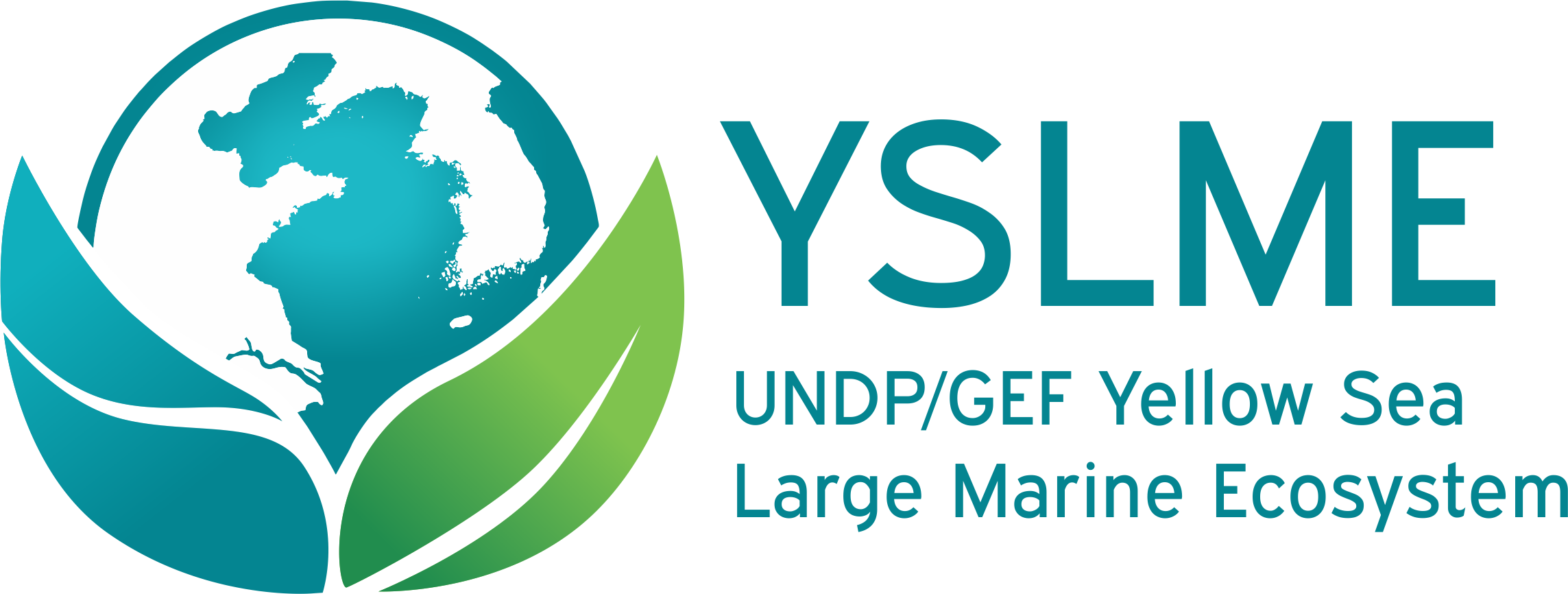In line with the continuing efforts to restore the ecosystem carrying capacity and restore healthy fish stocks in the Yellow Sea, YSLME Phase II Project is launching an information video entitled, “Restoring the Ecosystem Carrying Capacity and Enabling the Return of Fish Species in the Yellow Sea” with the aim to increase awareness of the status of fisheries in the Yellow Sea, showcase the progress of reduction and stocking efforts through stakeholder feedback, and to build stronger support on advancing responsible fisheries in the region under its shared vision in the future.
Targets and Management actions of the YSLME SAP
Over-exploitation of marine living resources is one of the primary transboundary environmental concerns in the Yellow Sea. Under multiple stresses, fish shifted from demersal and highly valued species in the late 1950s to demersal and low valued species in mid 2010s. In 2009, PR China and RO Korea adopted the Strategic Action Programme (SAP) of the Yellow Sea Large Marine Ecosystem (YSLME), setting the management actions and targets to be achieved by 2020 to restore fisheries resources and rebuild marine living resources. SAP Targets and supporting management actions include:
| Target 1: 25-30% reduction in fishing effort
|
Management Action 1-1: Control fishing boat numbers
Management Action 1-2: Stop fishing in certain areas/seasons Management Action 1-3: Monitor and assess stock fluctuations |
| Target 2: Rebuilding of over-exploited marine living resources | Management Action 2-1: Increase mesh size
Management Action 2-2: Enhance stocks Management Action 2-3: Improve fisheries management |
Progress and Achievements
- Reduction of fishing vessels and social safeguards in support of displaced fishermen
China and RO Korea have both pursued reduction of fishing vessels as one of the means to restoring fish stocks. Based on China Fisheries Statistics Yearbook, the number of motored fishing vessels has been reduced from the baseline of 54,068 in 2015 to 42,182 in 2018, with a total reduction of 11,886 in the provinces of Liaoning, Shandong and Jiangsu in the Yellow Sea area, representing a 22% reduction. While, monitoring by RO Korea have shown a reduction in in the Yellow Sea from 26,439 in 2011 to 21,929 in 2017, representing a 17% reduction. The implementation of vessel buy-back program was backstopped with earmarks of funds for buying back fishing vessels and supporting projects that would employ and provide re-employment training to displaced fishermen. In 2017, the Ministry of Agriculture and Rural Affairs of PR China (MARA) affirmed to provide more frequent training and to subsidize displaced fishermen to participate in social insurance. Under the YSLME Phase II Project, certified capacity building trainings were delivered for the profession of marine ranch manager, marine ranch recreation safety guard, and fishing guide.
- Enforcement of seasonal fishing closures
An effectiveness assessment on fishing closures carried out by the Yellow Sea Fisheries Research Institute (YSFRI) in PR China showed that the strict fishing closure issued by the Bureau of Fisheries of the MARA in the Bohai Sea and Yellow Sea for four months north of 35oN and 4.5 months south of 35 o N have resulted to increase in catch per unit effort (CPUE) from 40.95kg/h in August 2016 to 48.51kg/h in August 2017, representing an increase of 18.4%. While in RO Korea, a comprehensive no-fishing season for all fishery resources is put into effect from April 1 to October 31 in certain seas, such as Gunsan and Buan in Jeollabuk-do.
- Limiting mesh size
In 2018, MARA of PR China announced the limit of catchable size of 15 commercial fishery species and the limit of their juveniles and young fish proportion in the total catch. In RO Korea, the Enforcement Decree of the Fisheries Act stipulates the size of mesh that is prohibited by fishing type. In particular, the use of properly sized nets for fishing areas takes into consideration the external factors of change by adjusting the size depending on the amount of resources and environmental changes.
Enhancing fish stock through innovative programs that are ecologically and economically sustainable (i.e., marine ranching; artificial reefs; fish fry release; marine forestation; and license system)
In terms of marine ranching through artificial reef, in China three groups of marine ranches with a total of 64 operations have been piloted by MARA in the Yellow Sea, East China Sea, and South China Sea in 2017. In RO Korea, a total of 36 marine ranches have been established including in the Yellow Sea area. Based on exchange visits conducted in both countries in 2019 (Fuhan, Haiyang, Hailufeng in China, and Jeju and Gunsan in RO Korea) it was confirmed that marine ranching through artificial reef is cost effective, providing 5 to 6 times return of investment.
- Improving fisheries management through Total Allowable Catch (TAC)
Currently, RO Korea applies TAC system to 11 species with 70 TAC observers, while PR China piloted the system in 2017 starting with two species. The application of TAC in RO Korea has shown a decreasing trend in exhaustion rate since 2011, meaning that fishery catches have not been exceeding the allowable catch. In both countries, the Swimming Crab (Portunus trituberculatus) is under TAC, providing an ideal example for learning in application of TAC to improve management effectiveness of fish stocks.
Remaining Challenges
The combination of these various initiatives implemented in PR China and RO Korea have contributed significantly to recovery of fish stocks as well as to fishermen’s income. Remaining challenges include: (1) the observed increase in horsepower of marine capture fishing vessels and the need for continued efforts in reduction in fishing efforts; (2) the decreasing trend of catch per unit effort (CPUE) in the Yellow Sea; (3) derelict discard of fishing gears and nets; and (4) inadequate representation and effectiveness in conservation of the spawning, nursery and wintering grounds. Adaptive management will be applied and responded in the update and implementation of the SAP/YSLME (2020-2030).










